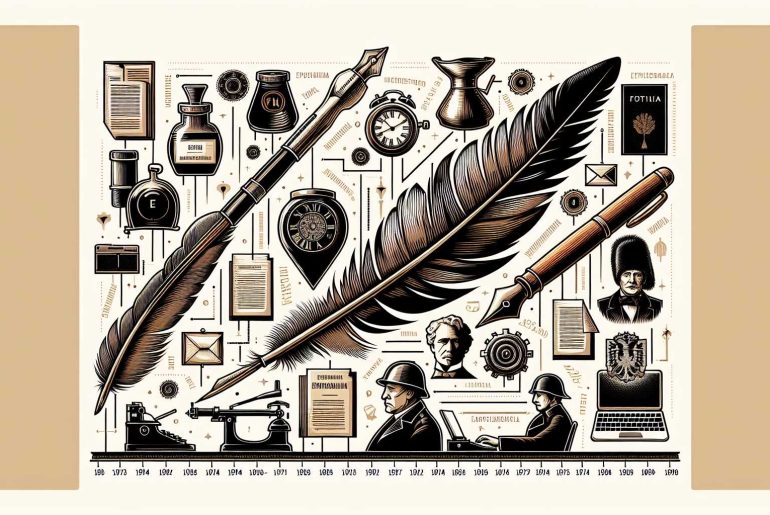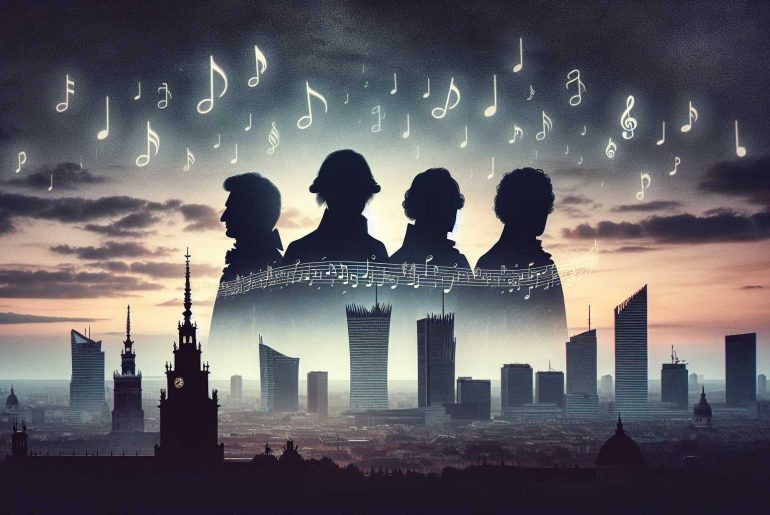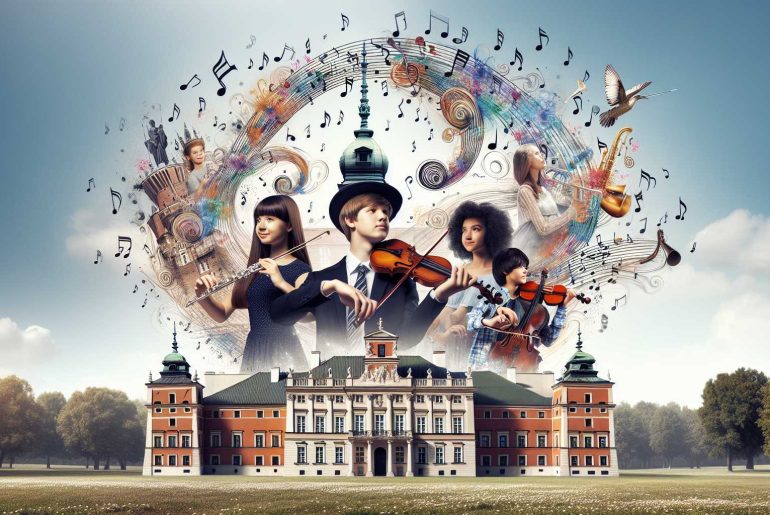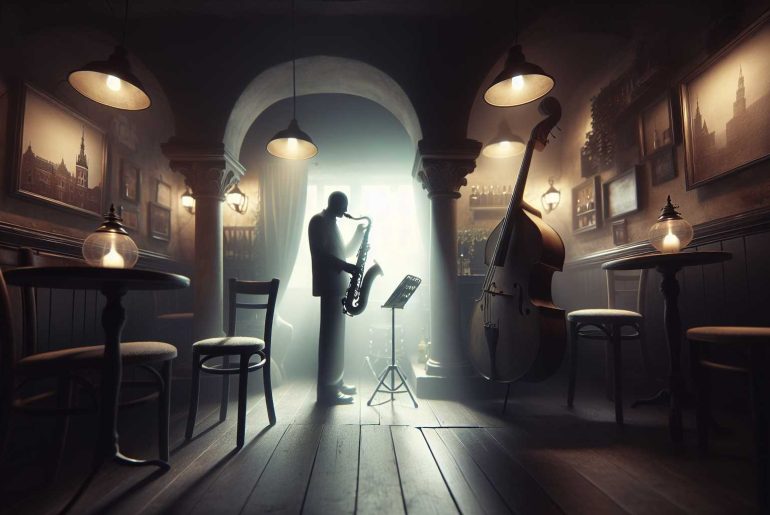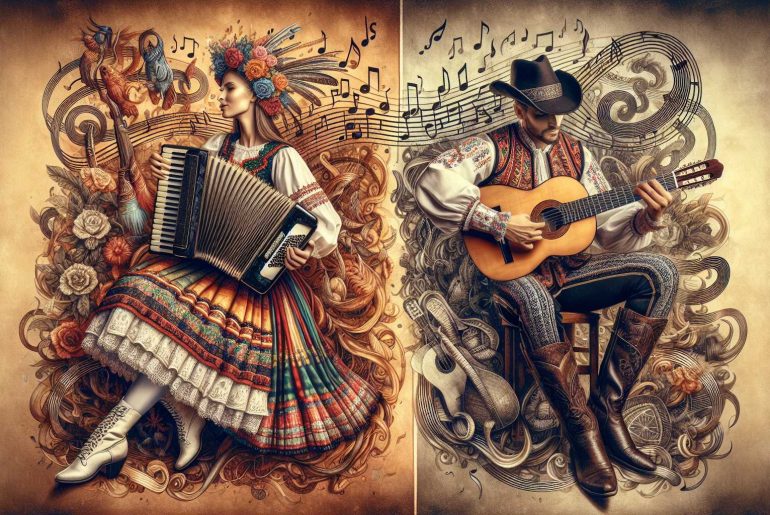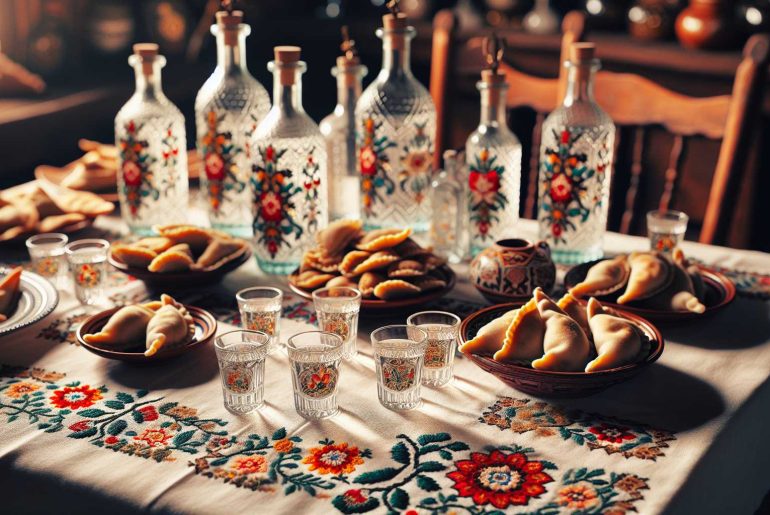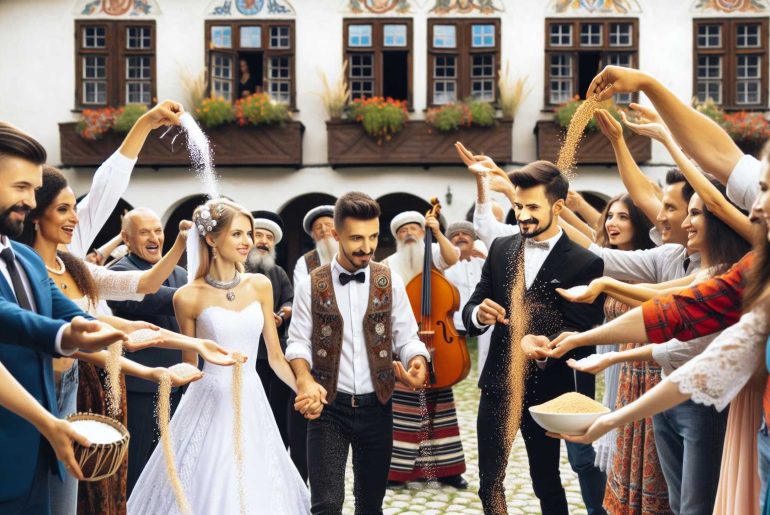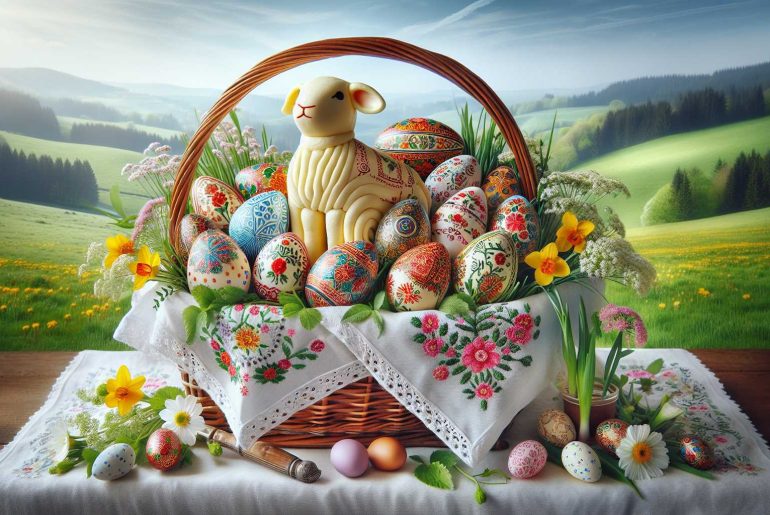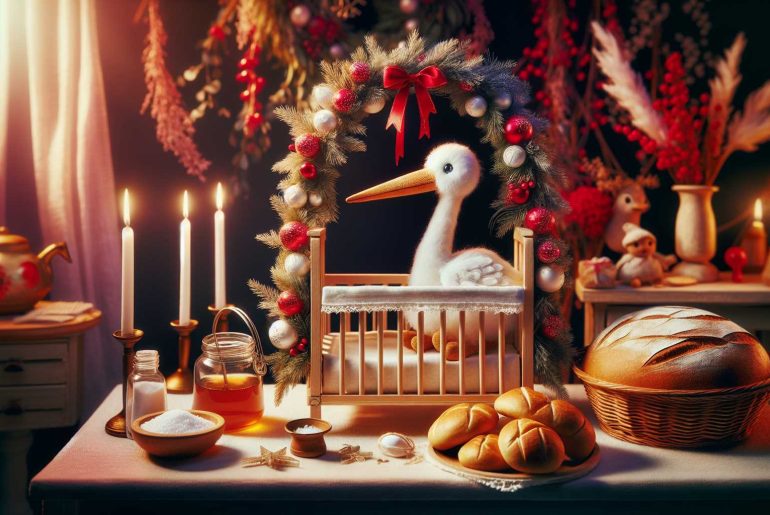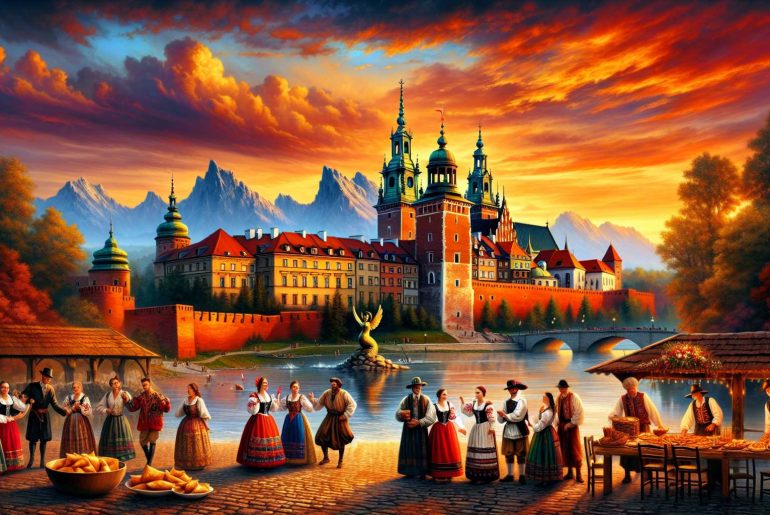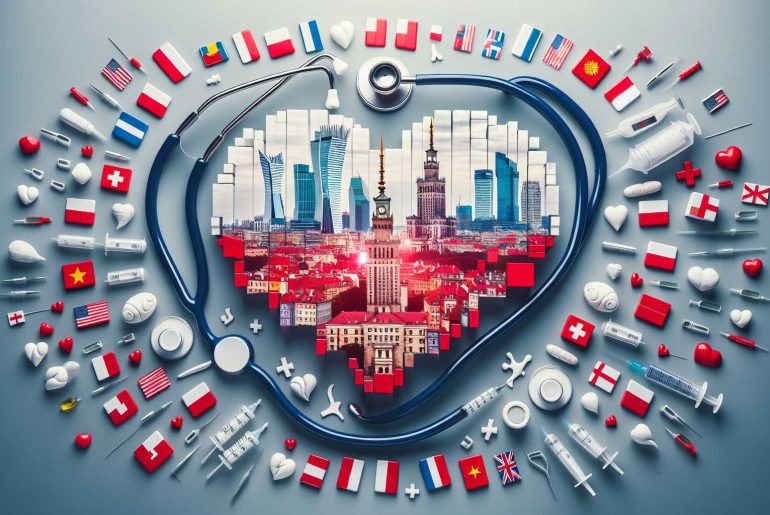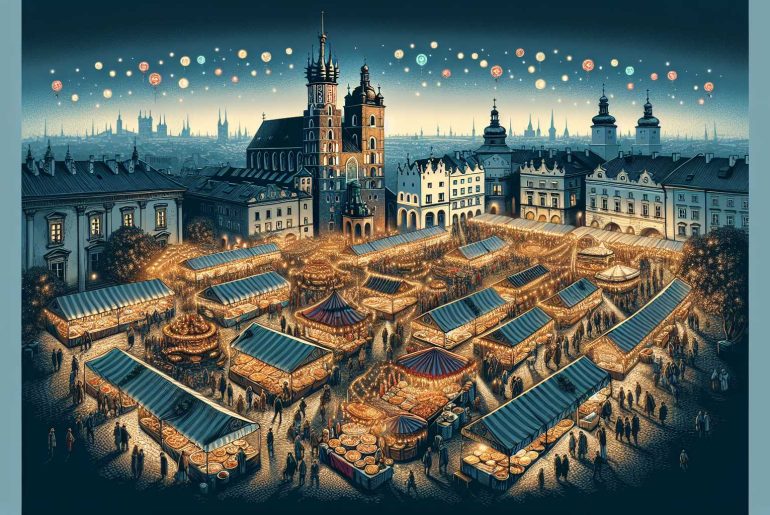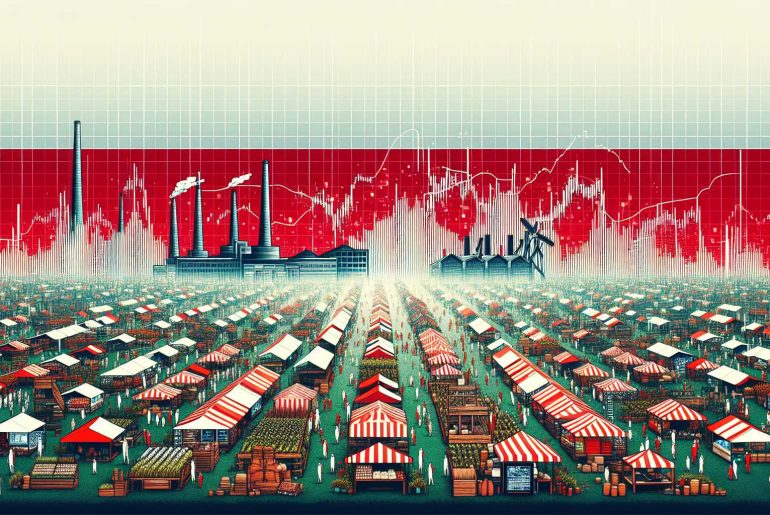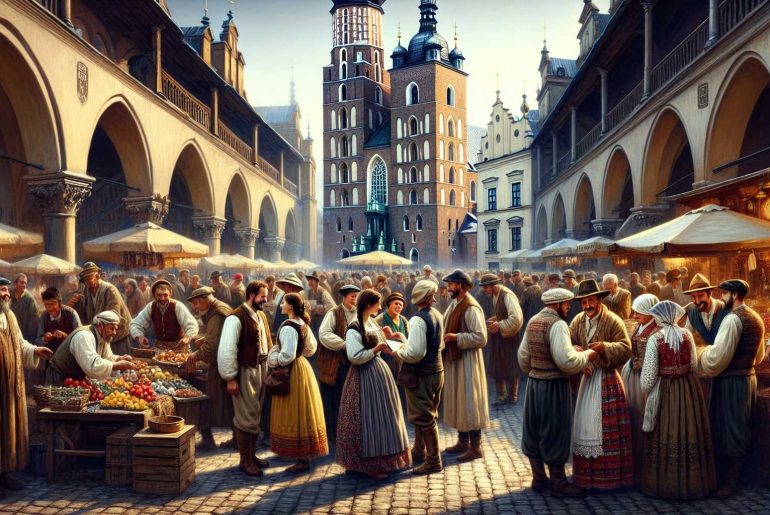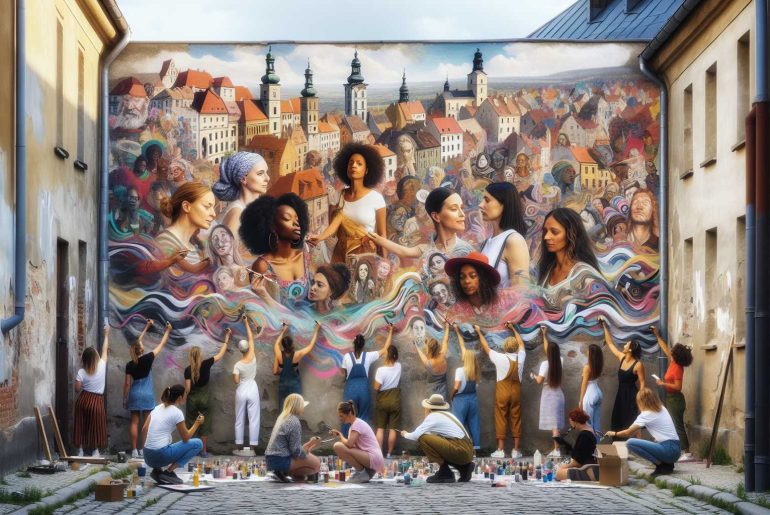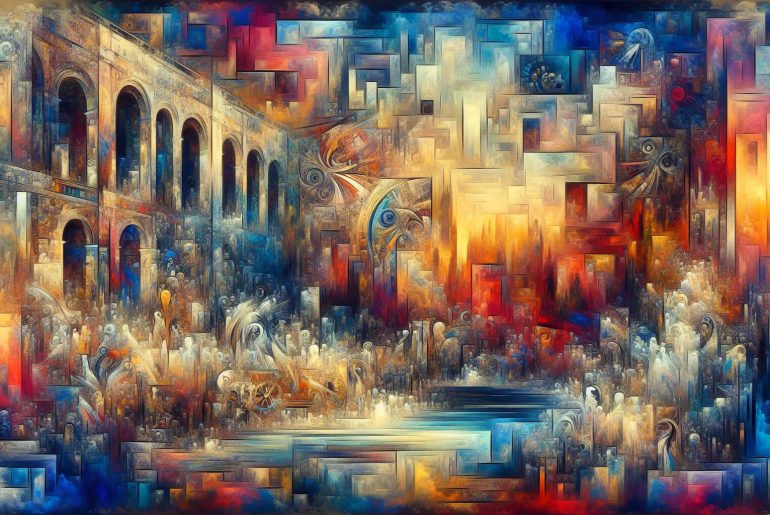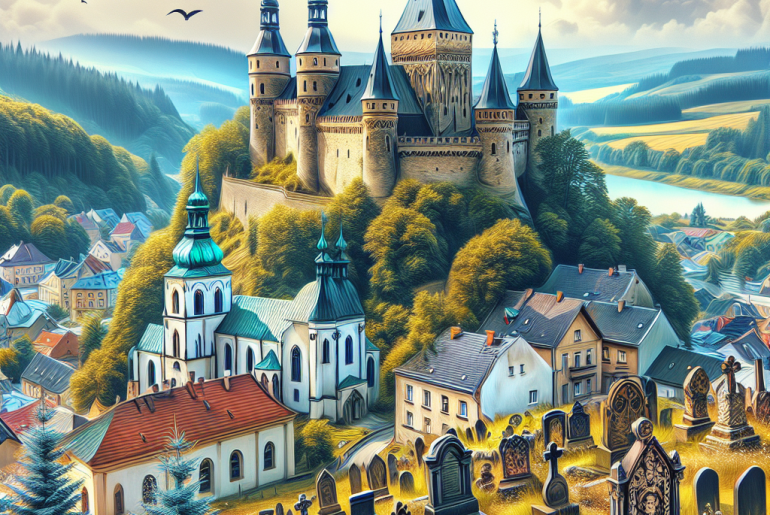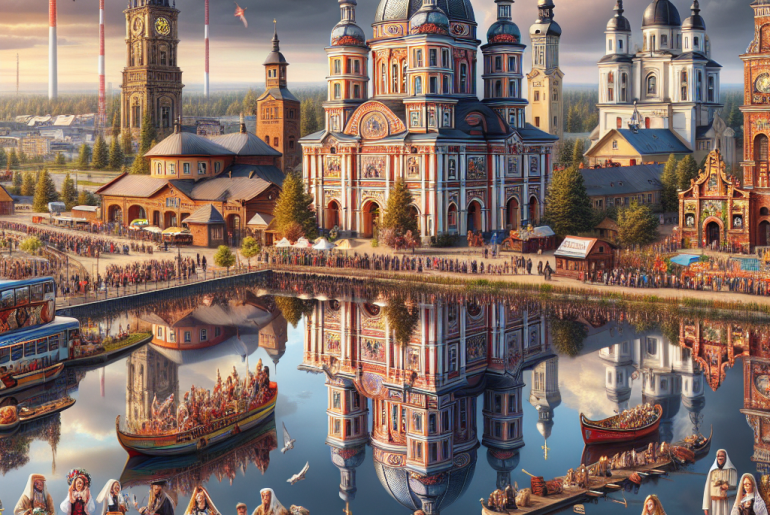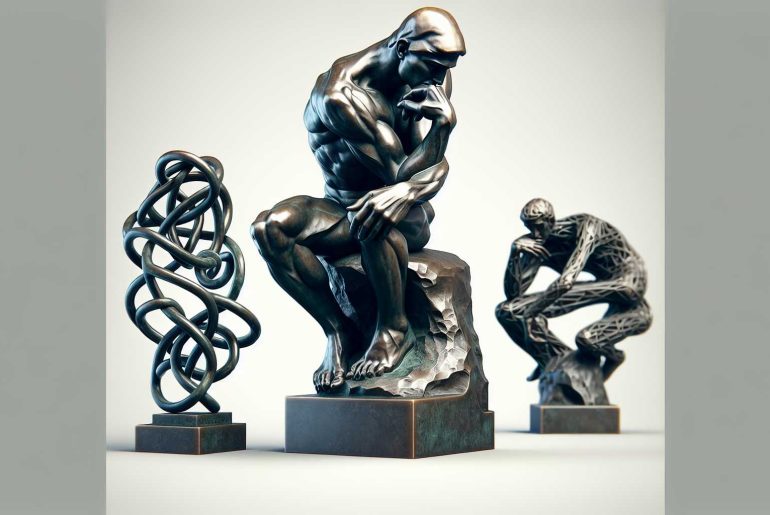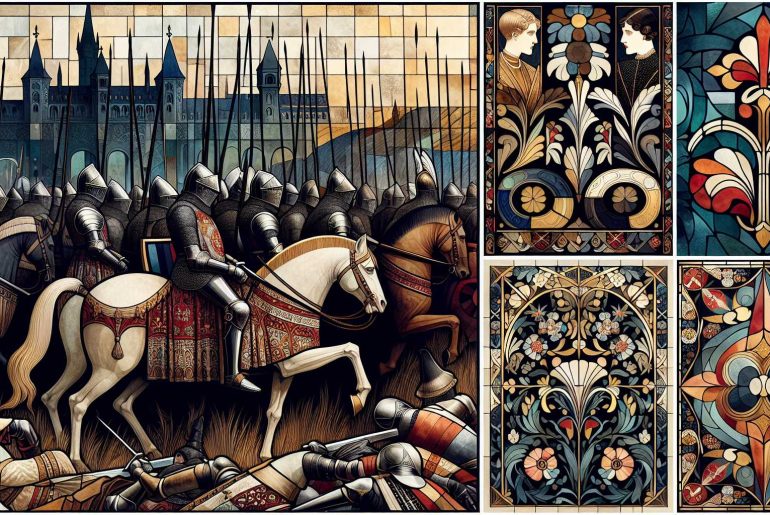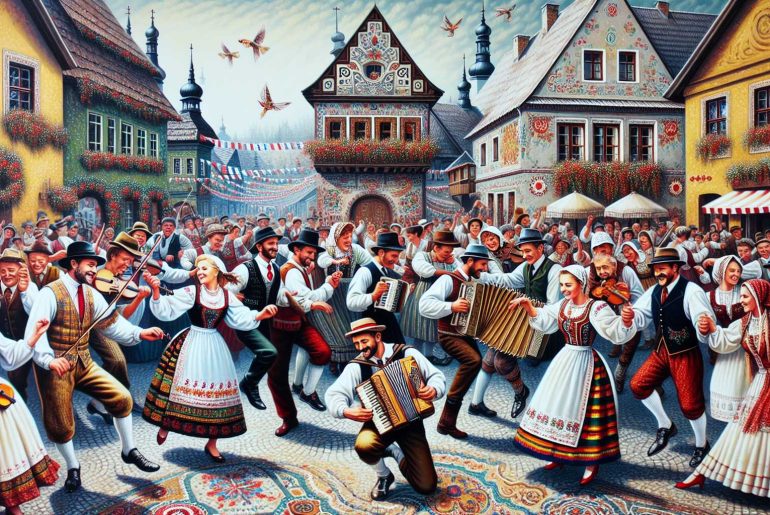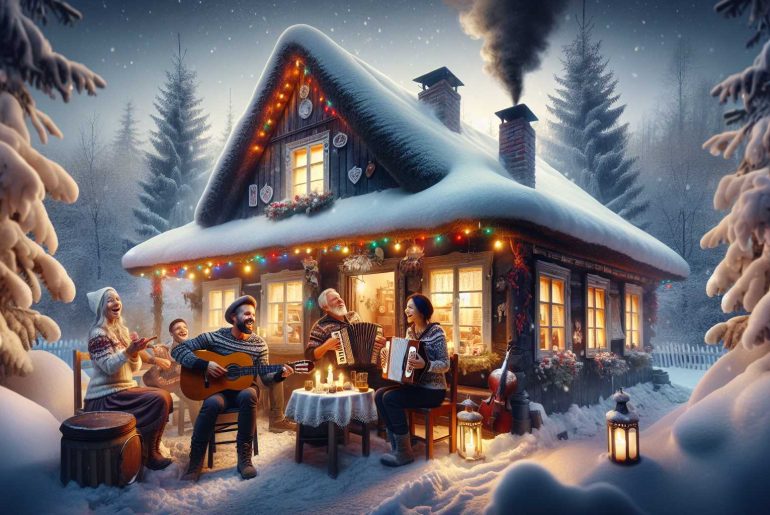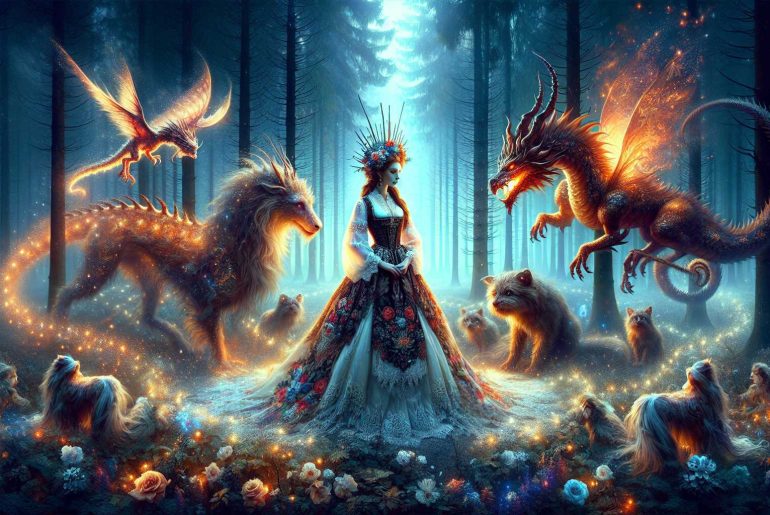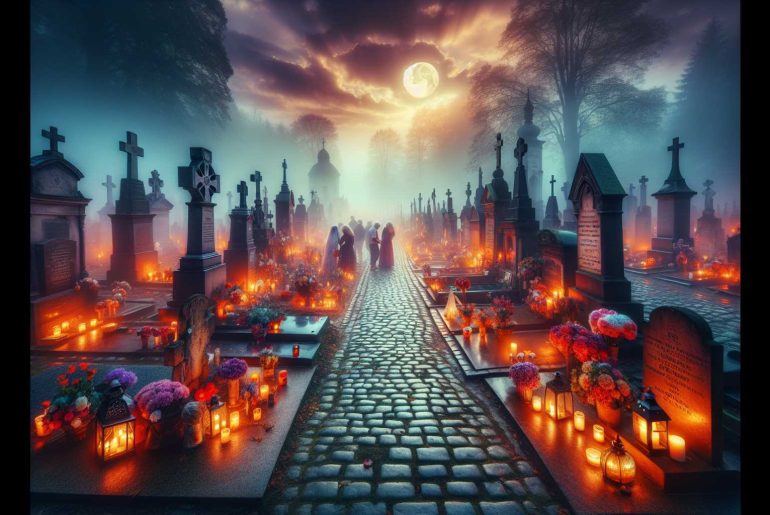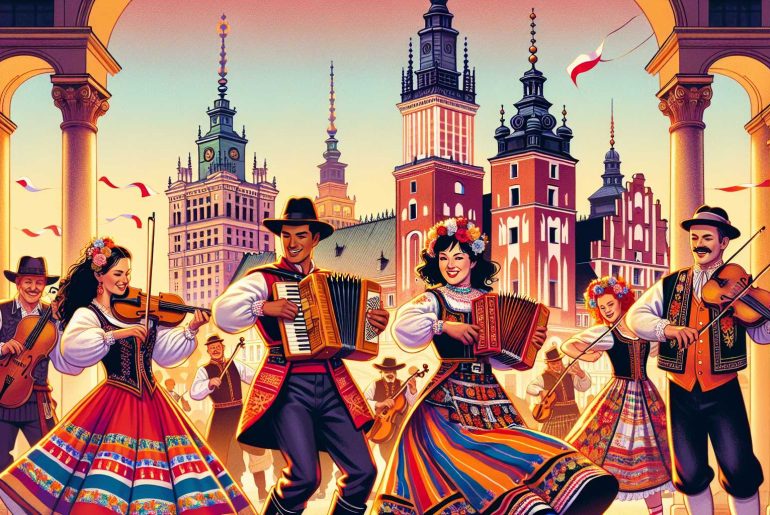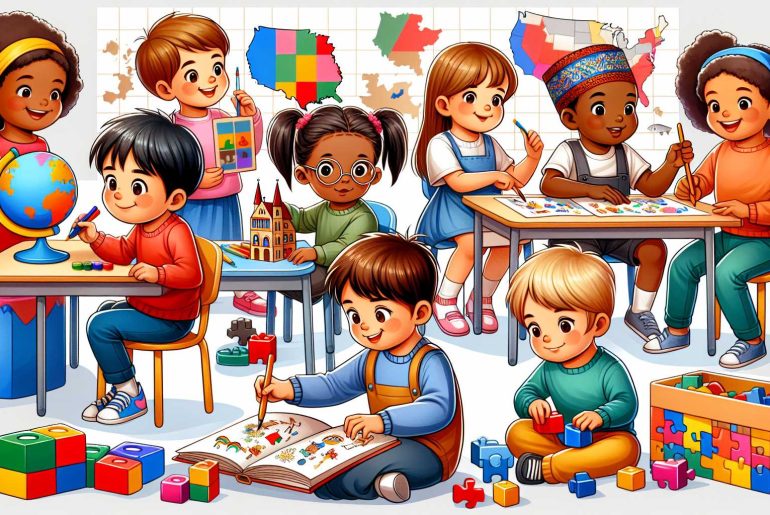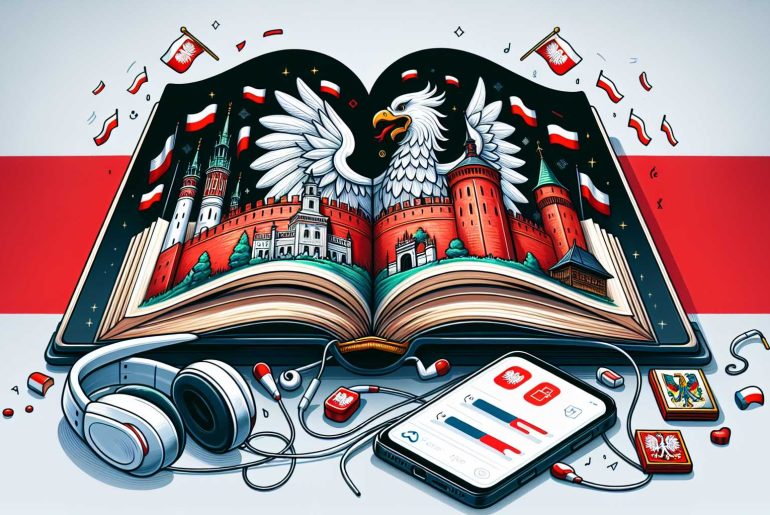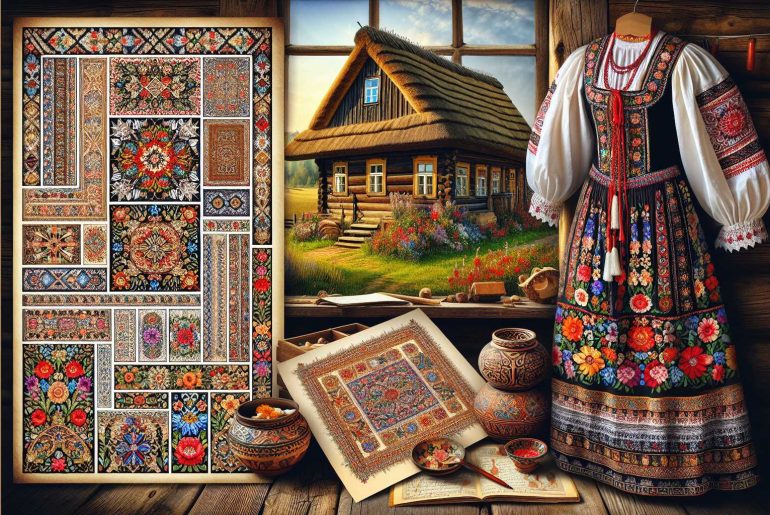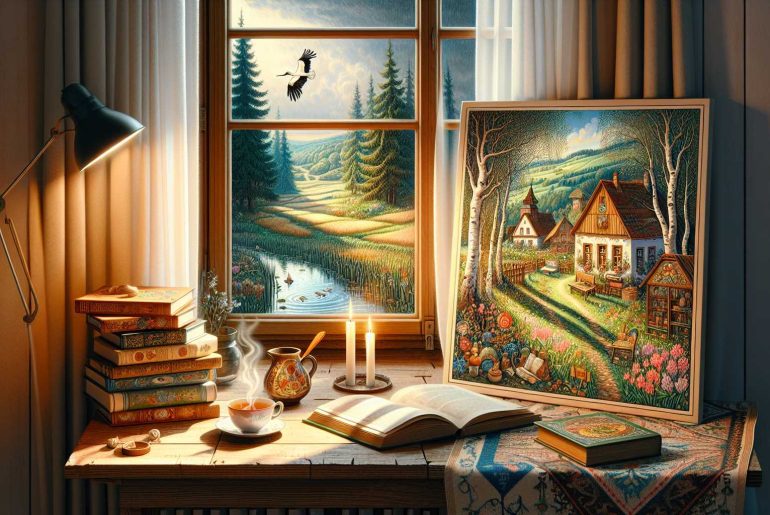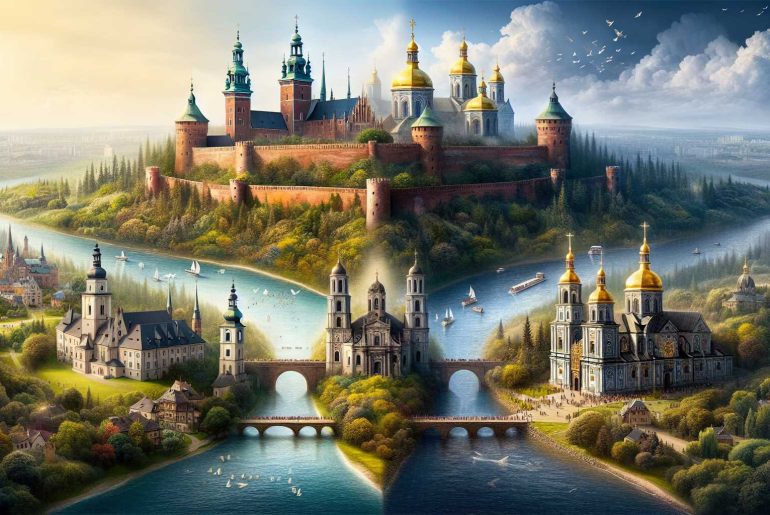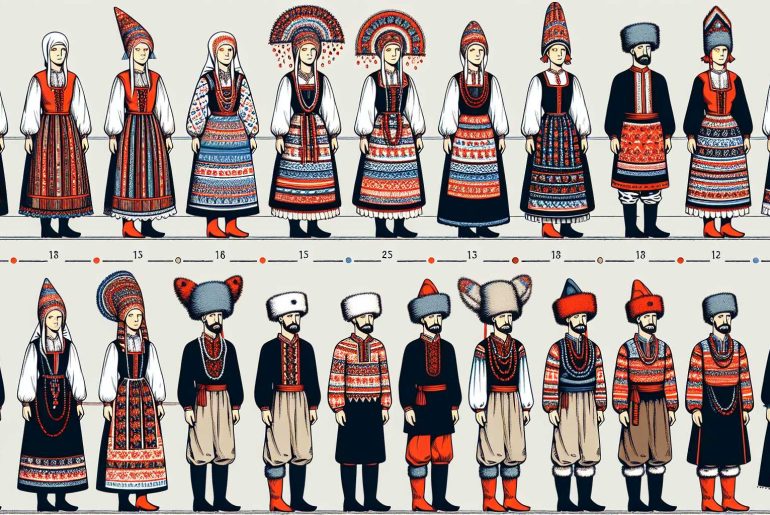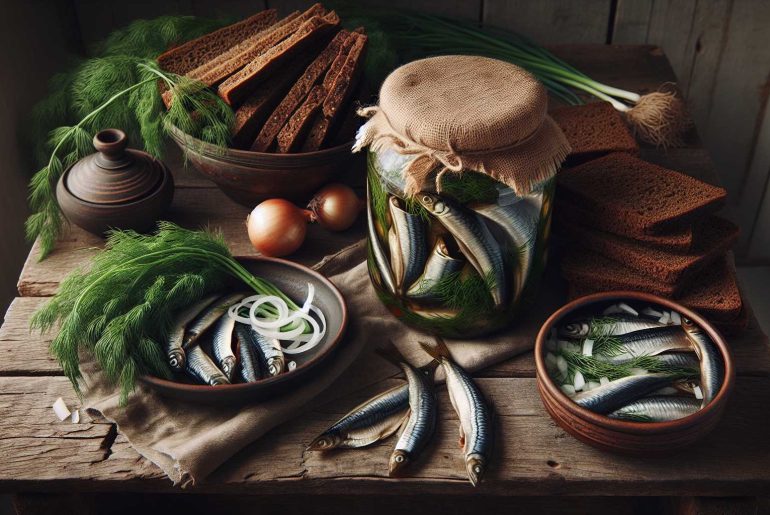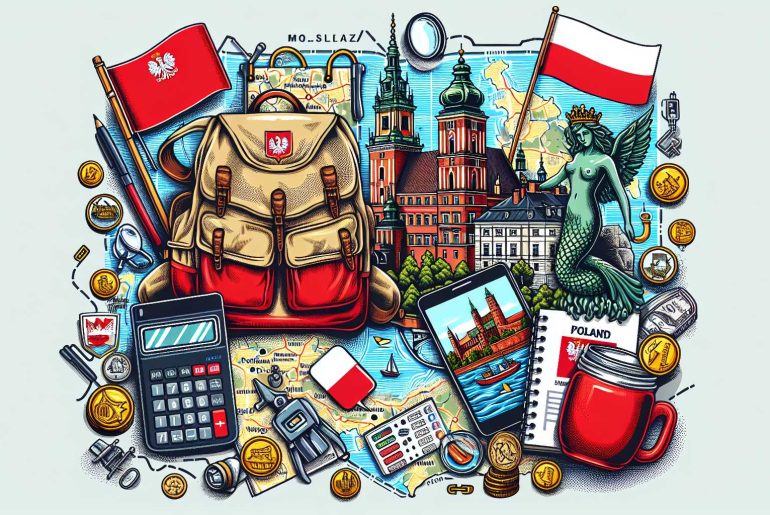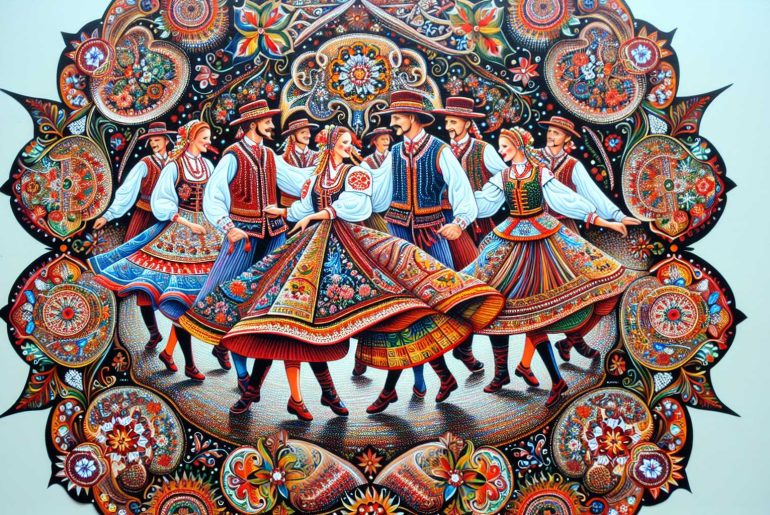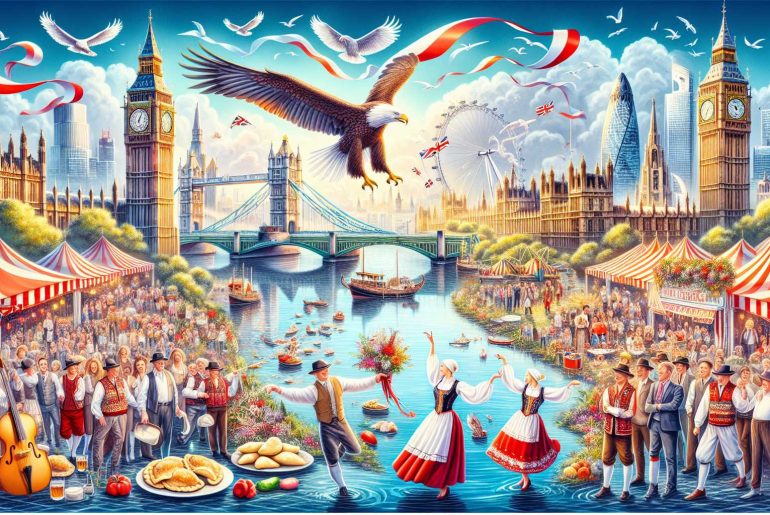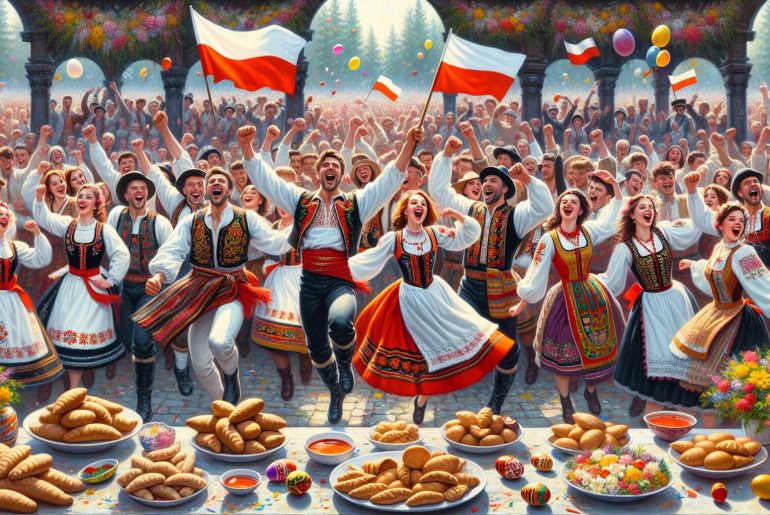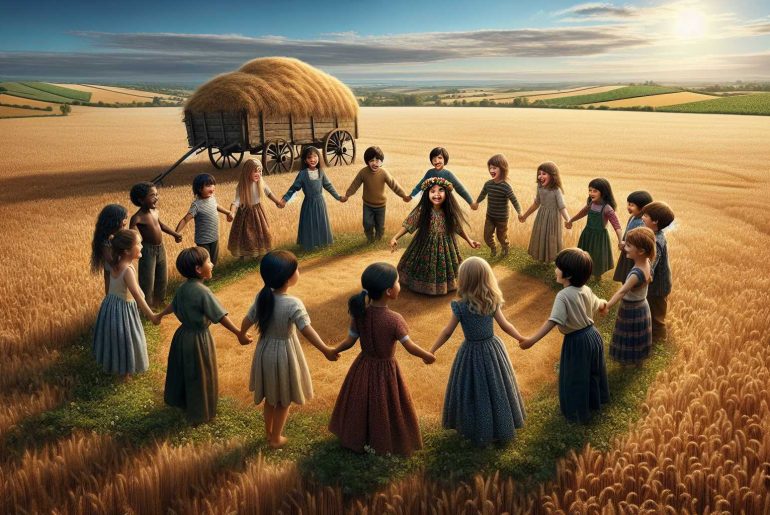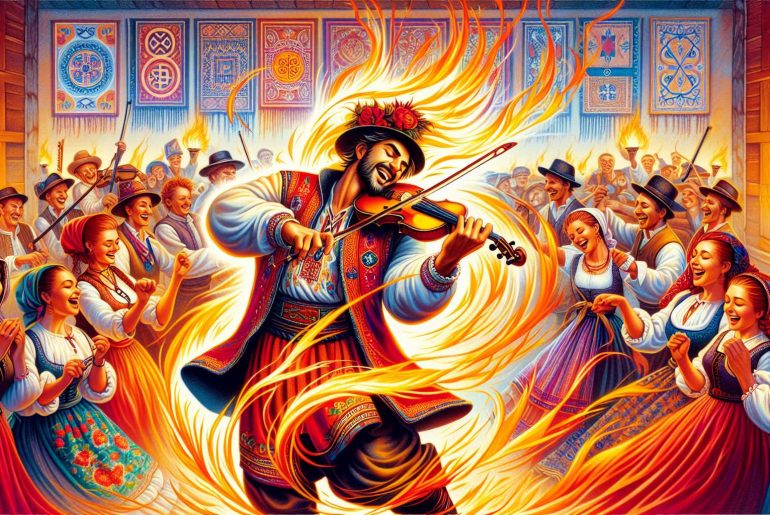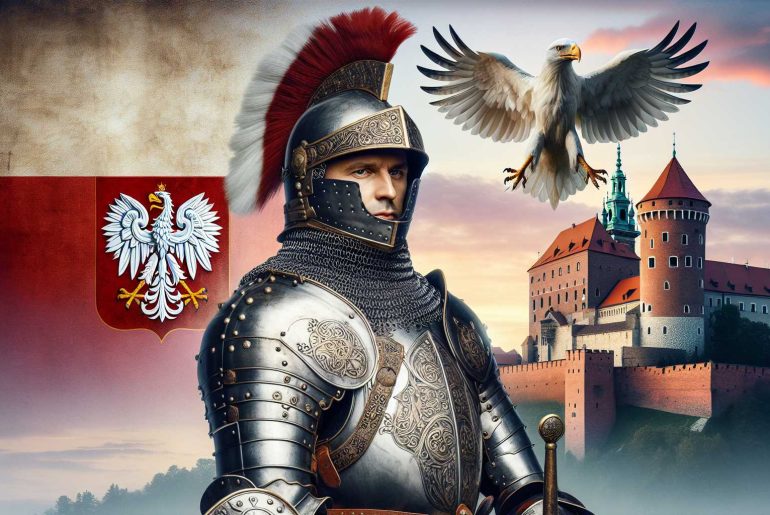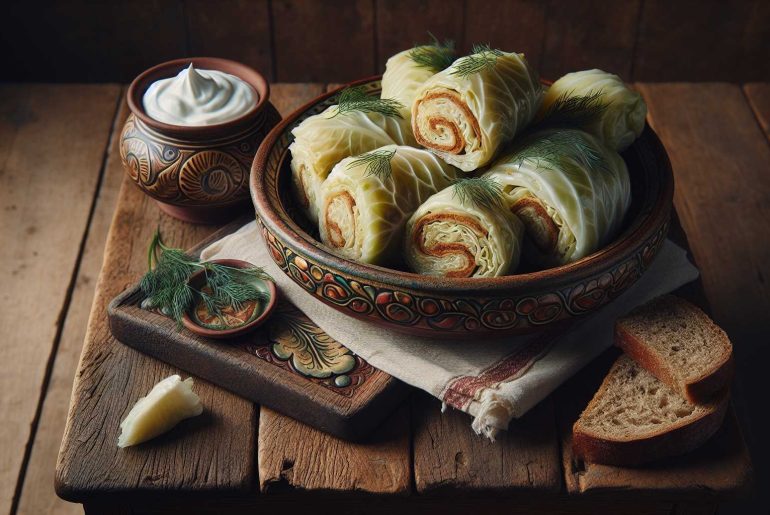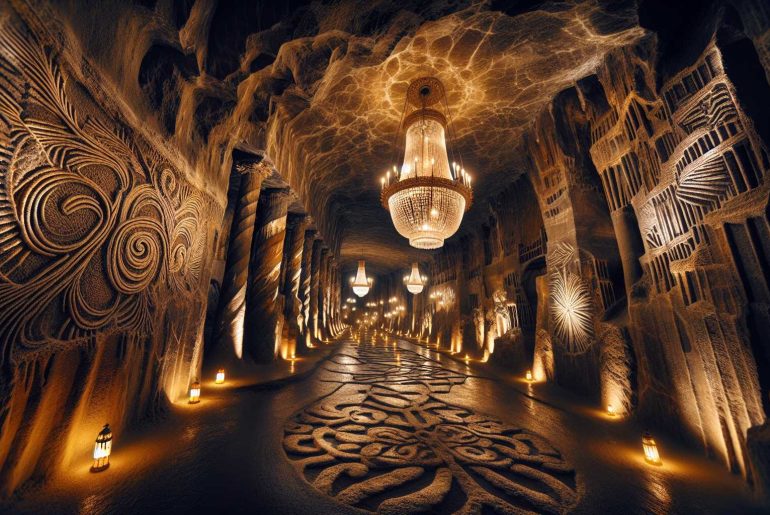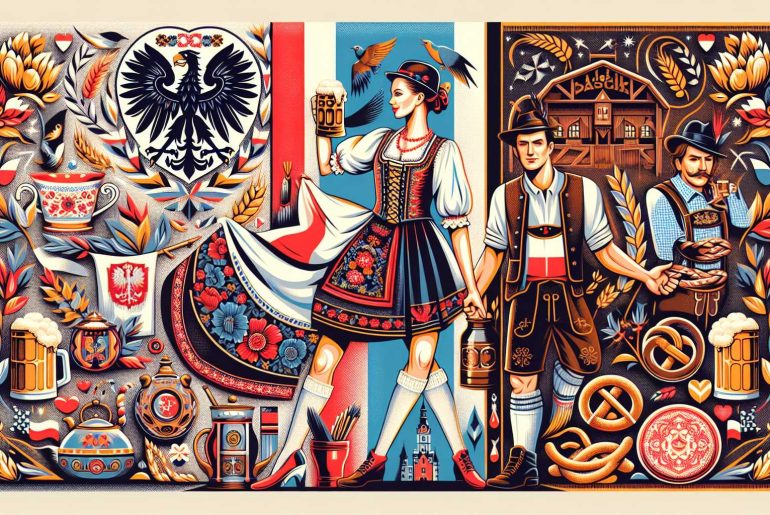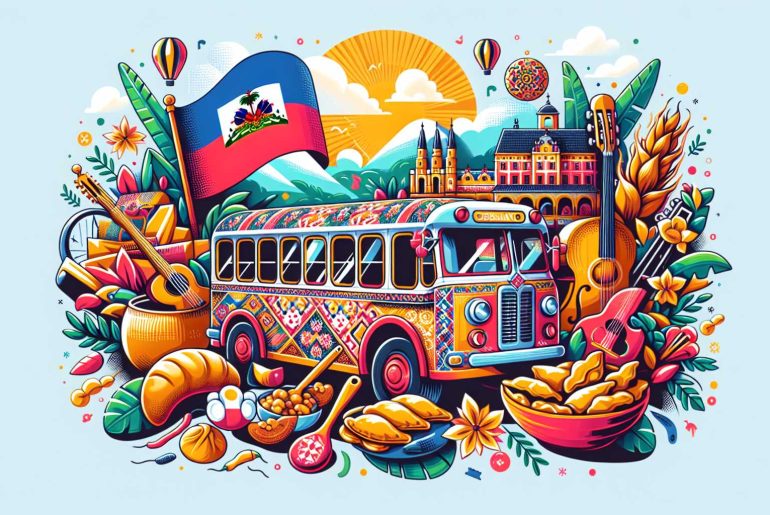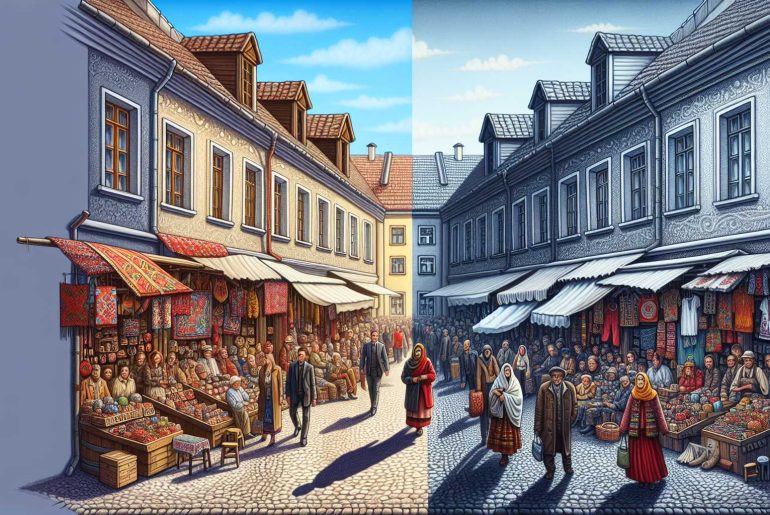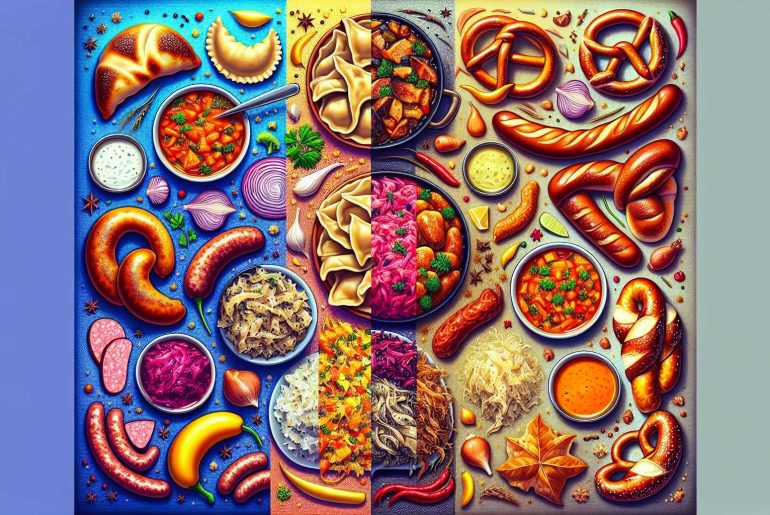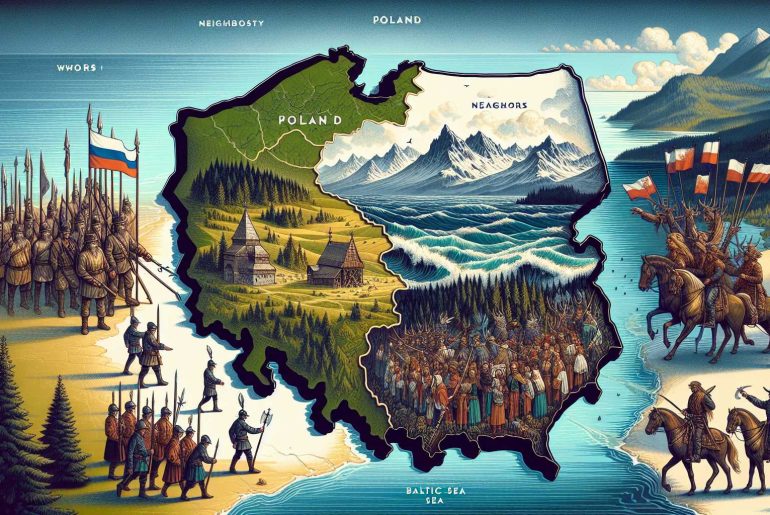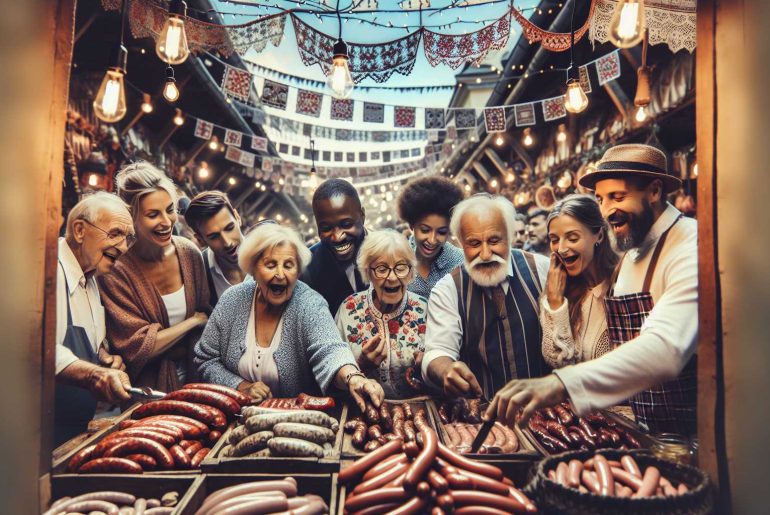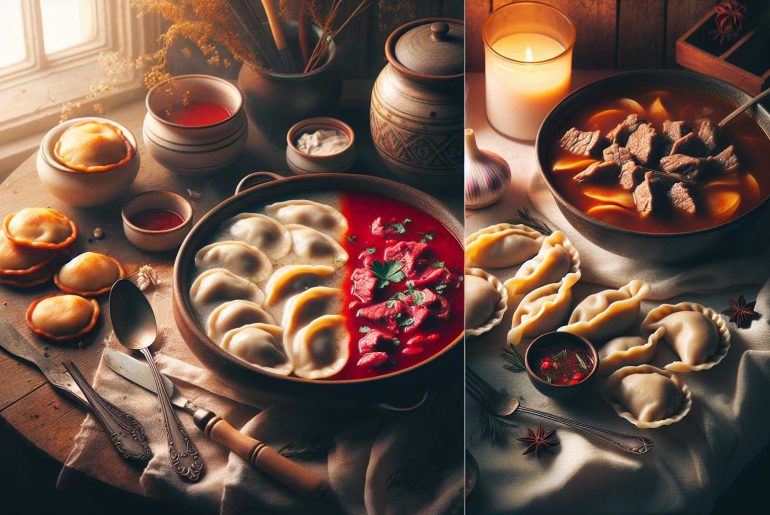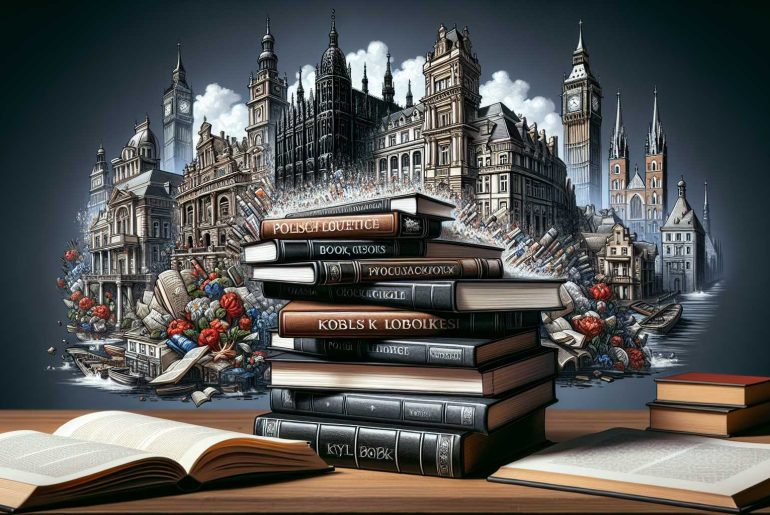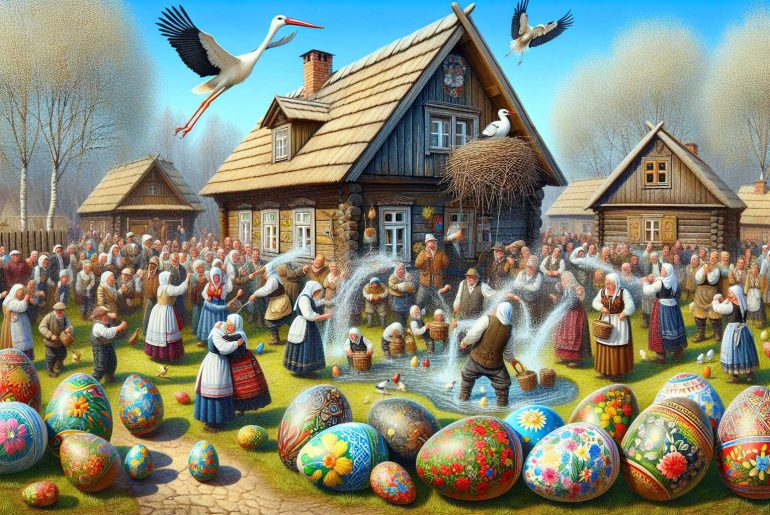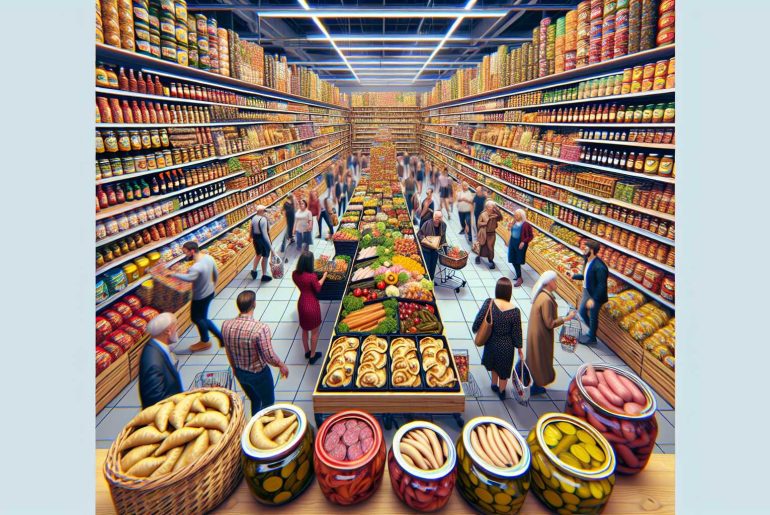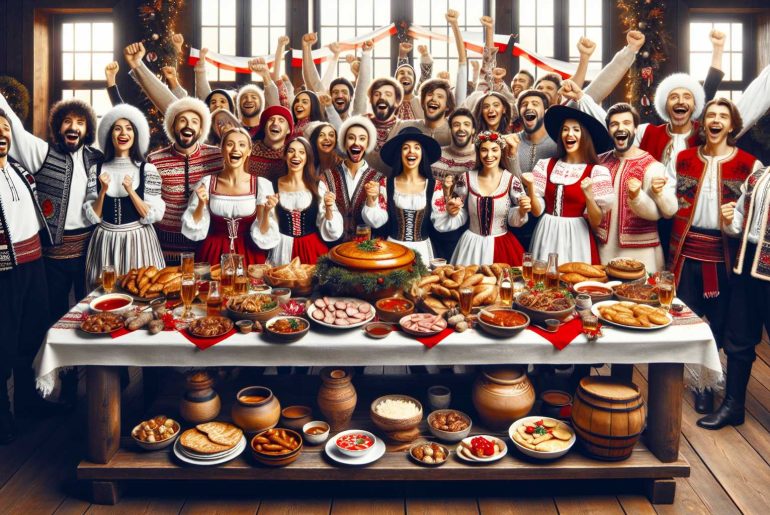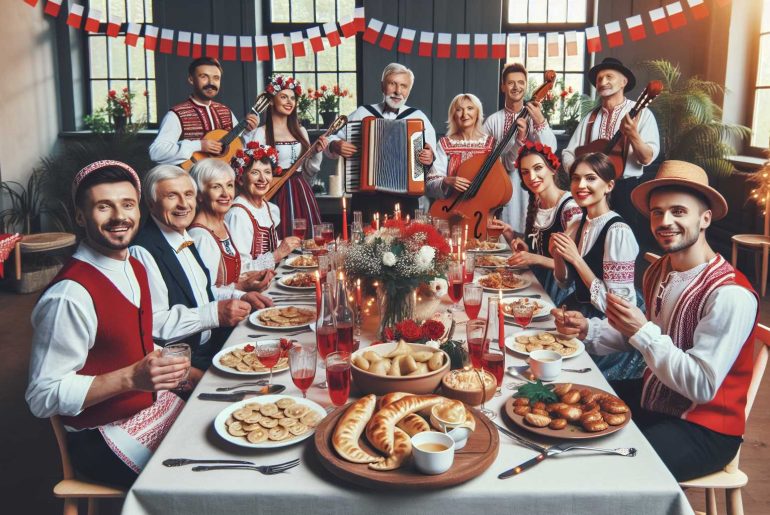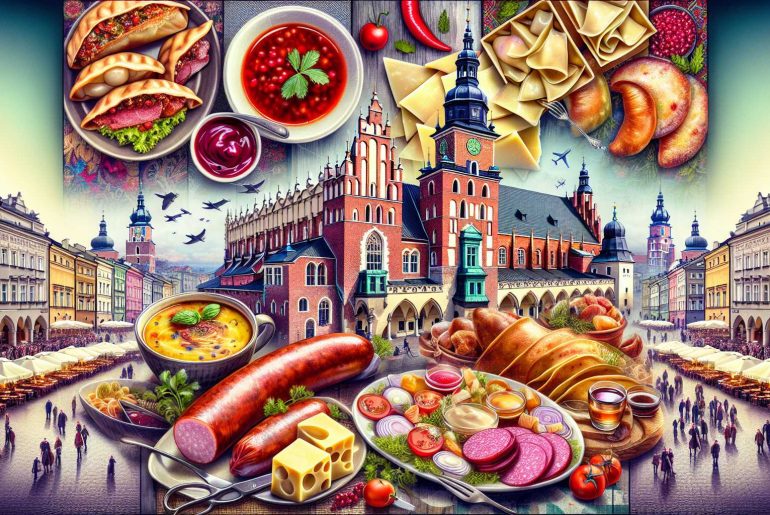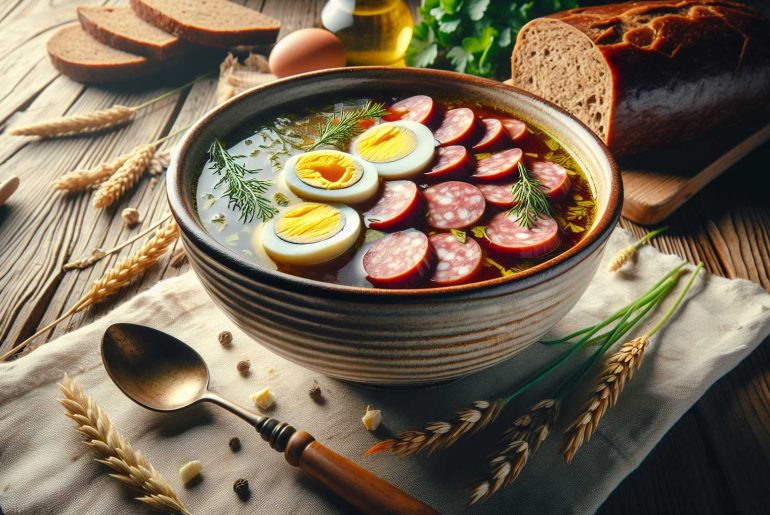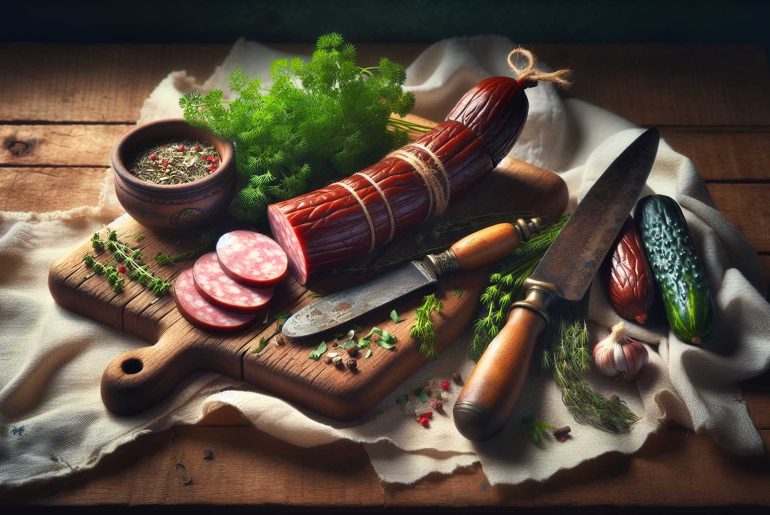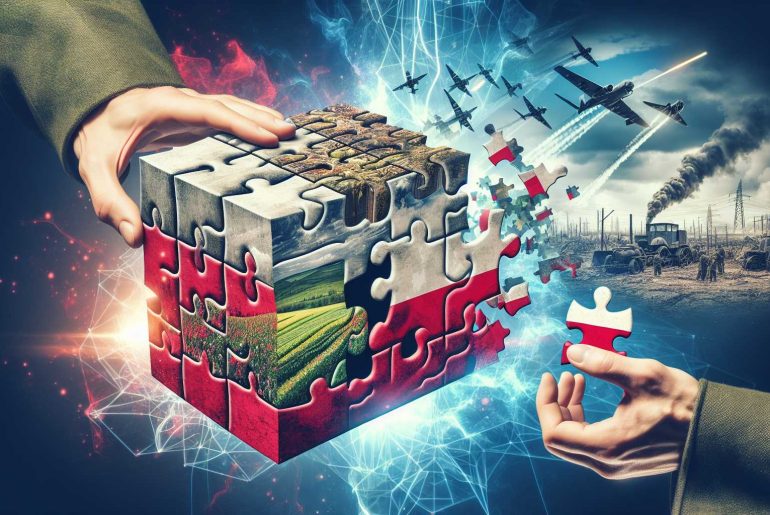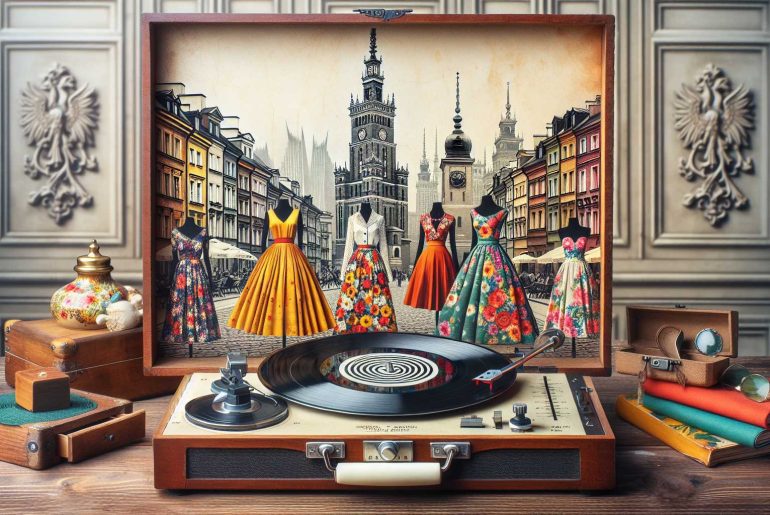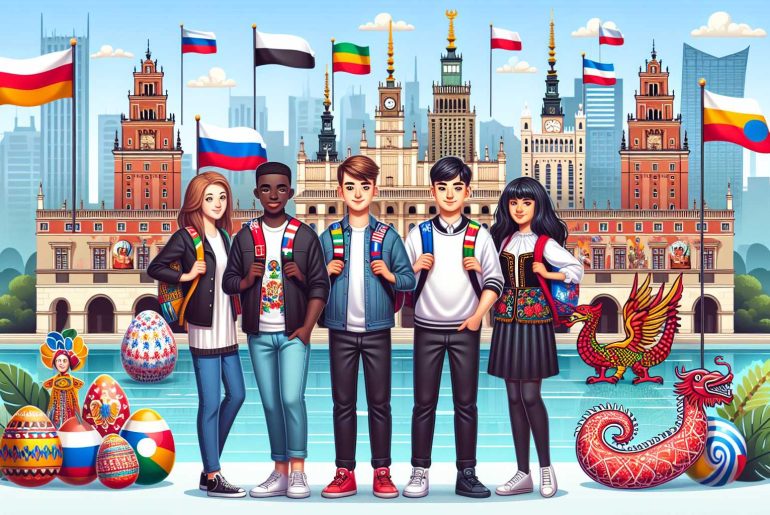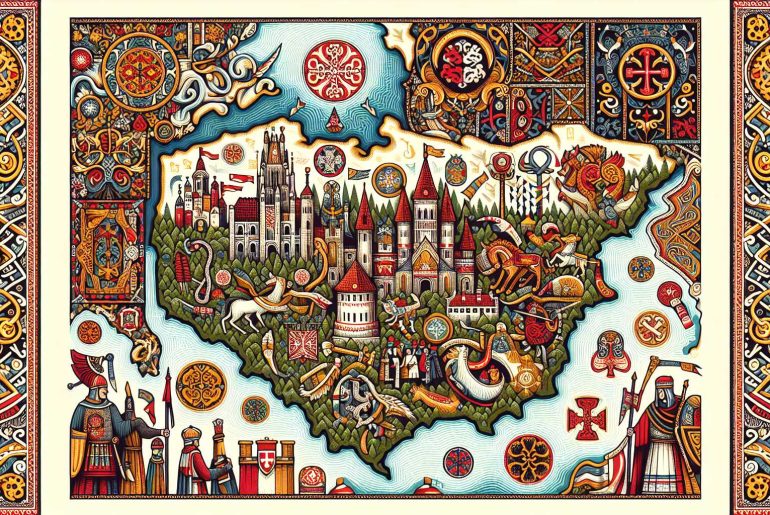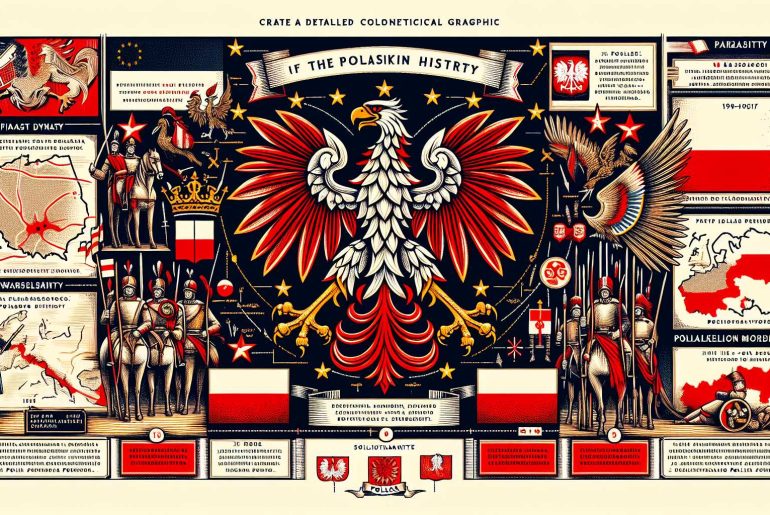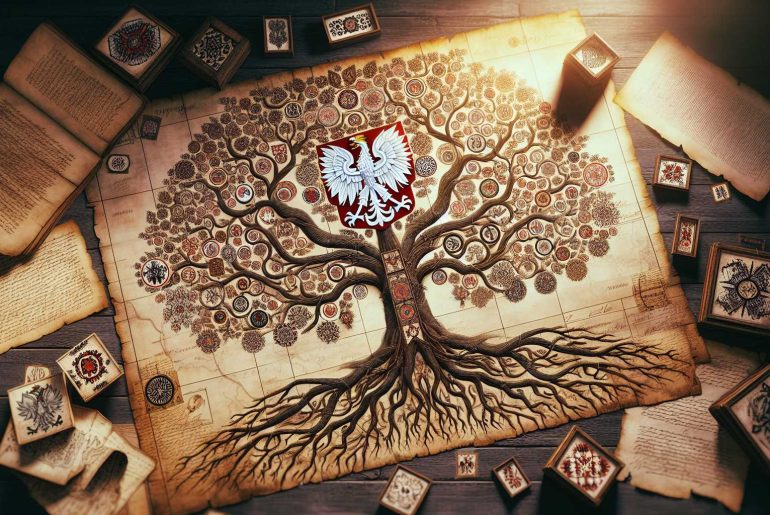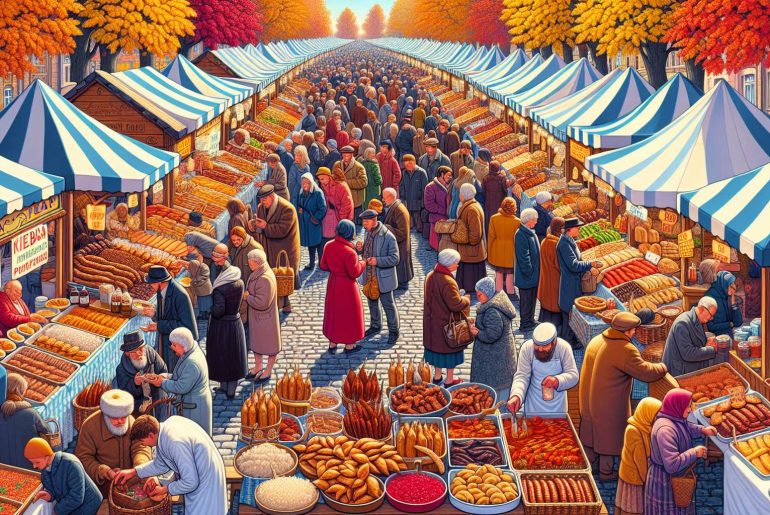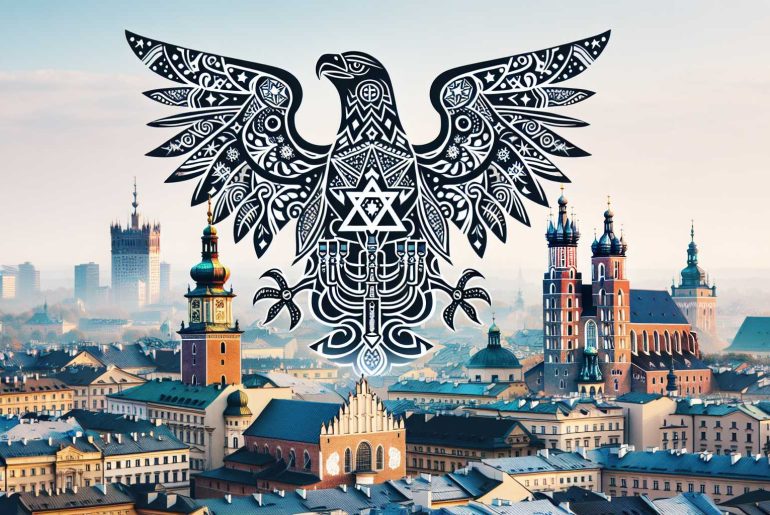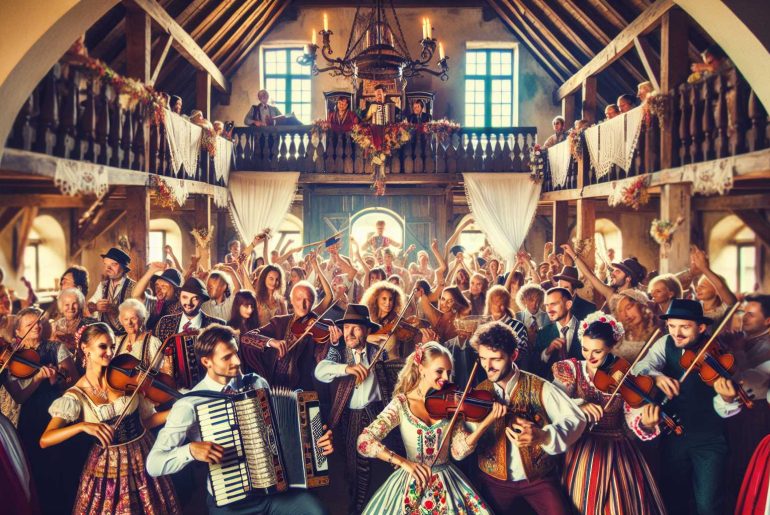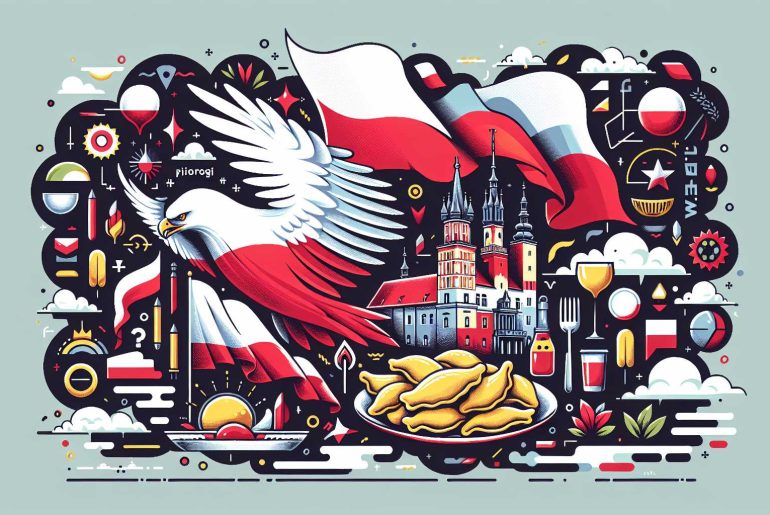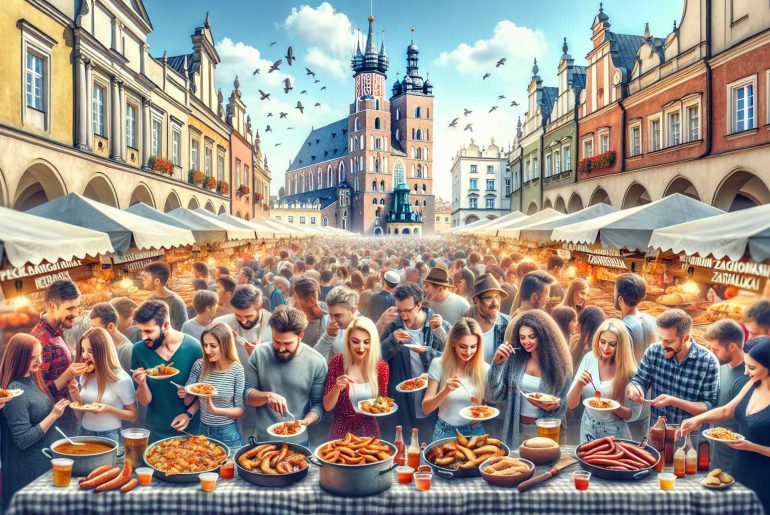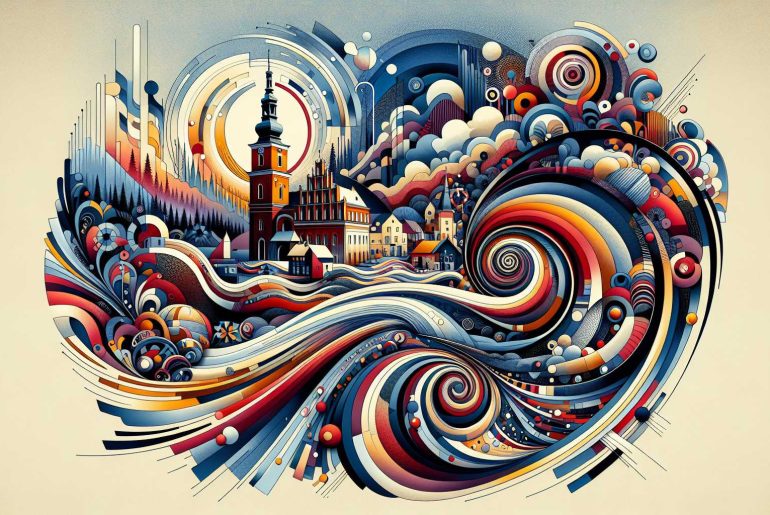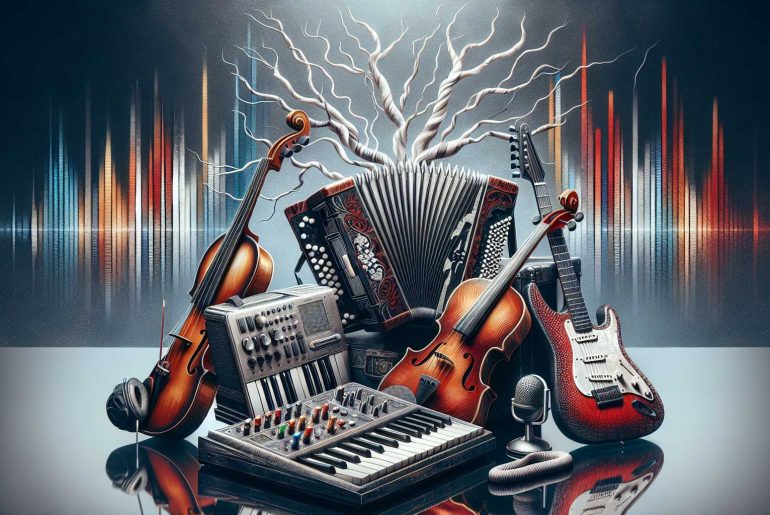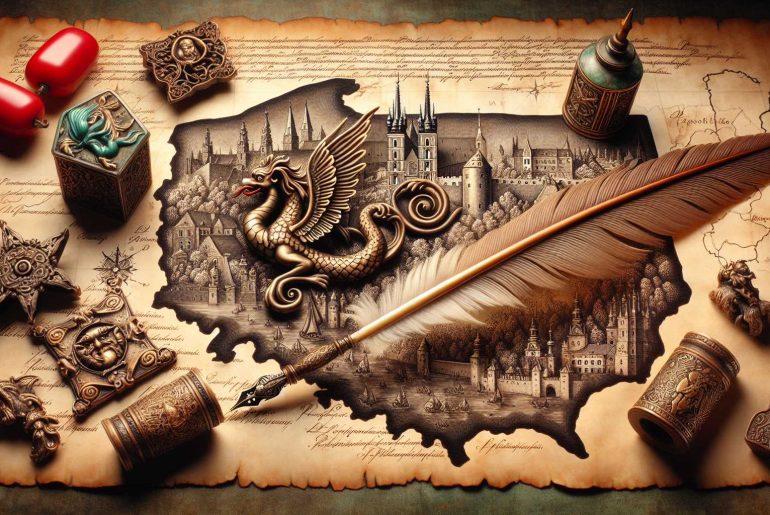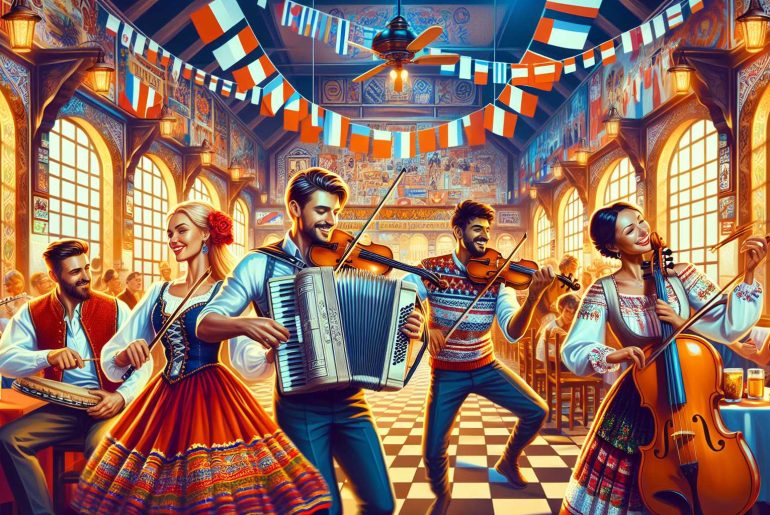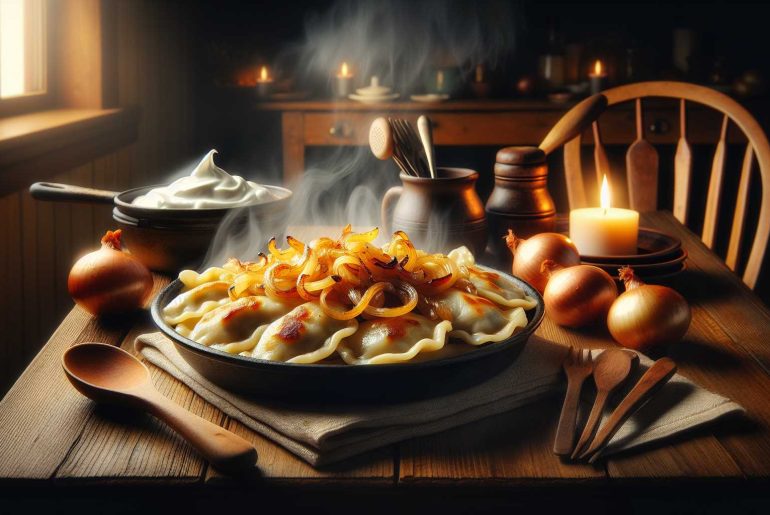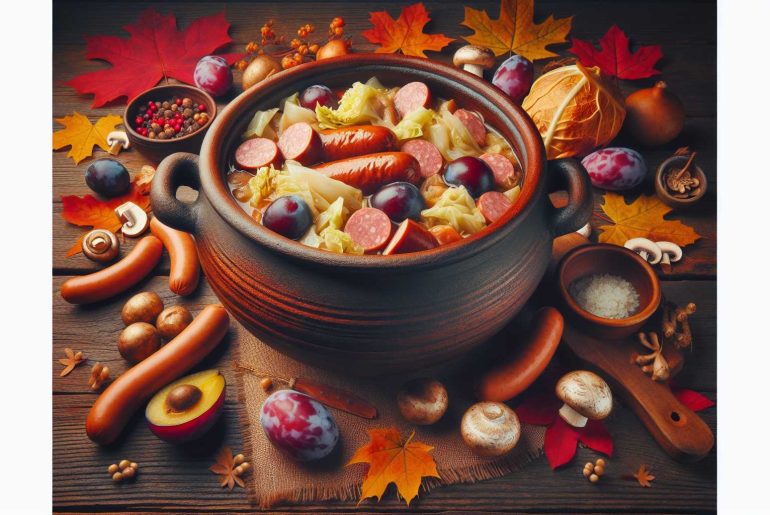
Polish literature has a rich and varied history, shaped by different time periods and notable authors who left their mark. Starting from the Middle Ages and the Renaissance, where thinkers like Jan Kochanowski explored deep philosophical ideas, to the Romantic era with its strong push for freedom led by figures such as Adam Mickiewicz, Polish literature reflects the country’s complex past.
More recently, writers like the Nobel Prize winner Wisława Szymborska have added their unique voice to Poland’s literary and cultural scene. By looking into these contributions, we not only get a glimpse into Poland’s soul but also gain insights into what it means to be human.
The Middle Ages and Renaissance
Between the 10th and 16th centuries, Poland experienced a major shift in its literary landscape. This era, known as the Middle Ages and Renaissance, was a time when Poland began moving from oral storytelling to written works in the local language. This change was part of a larger movement happening across Europe, where cultures were rediscovering and celebrating their heritage, a period often called the European cultural renaissance.
At the heart of this transformation in Poland was the use of Latin. Latin wasn’t just the language of the church and scholars anymore; it started to blend with Polish in written texts. This blending of languages was a big step towards creating a unique Polish literary identity. Imagine, for a moment, living in a time when the stories and knowledge that shaped your community were suddenly accessible in your own language. It was a powerful moment for Polish culture.
The arrival of the printing press in the late 15th century was like adding fuel to the fire. It made books more available to a wider audience, breaking down barriers to information. Before the printing press, books were hand-copied, making them rare and expensive. Now, they could be produced in larger quantities, reaching more people than ever before.
Jan Kochanowski, a scholar and poet from this period, played a key role in enriching Polish literature. He’s a perfect example of someone who took classical influences, like those from ancient Greece and Rome, and mixed them with stories and themes from his own culture. His works laid the groundwork for future Polish literature, showing how to blend the old with the new to create something truly special.
In essence, this era was a turning point for Poland. It was when the Polish people began to see their language and stories in print, contributing to a stronger sense of national identity. This period set the stage for the rich literary traditions that Poland is known for today. It’s a reminder of how language and literature can unite and define a culture, making it a fascinating chapter in Poland’s history.
The Golden Age of Baroque
As Poland moved on from the Renaissance, it entered a remarkable period known as the Golden Age of Baroque. This era brought a significant shift in literature and arts, introducing a deep connection with emotions, religious enthusiasm, and a detailed examination of human nature. During this time, literature, especially drama and poetry, thrived. Writers started to explore the depths of human emotions and their relationship with the divine more deeply than ever before.
The Baroque period in Poland was also a time when the Counter-Reformation played a major role in shaping the themes and styles of literary works. This movement was about bringing people back to the church and it had a big influence on what authors wrote about. They often tackled big questions about life, existence, and spirituality.
Two notable figures from this era were Jan Andrzej Morsztyn and Wacław Potocki. They stood out for their elaborate way of writing and their focus on deep philosophical and spiritual questions. They took inspiration from classical works but made sure to relate them to the issues of their time. This approach added a rich layer of complexity to Polish literature, making their contributions invaluable.
In simpler terms, the Golden Age of Baroque in Poland was a time of great creativity and exploration in the arts. Writers and artists were not afraid to dive deep into the human psyche and explore the bigger questions in life. Their works left a lasting impact on Polish culture, blending the old with the new in exciting ways. This period reminds us of the power of literature and arts to reflect and shape the human experience.
Romanticism and National Awakening
After the Baroque era, Polish literature underwent a significant change, entering the Romanticism period. This time, from the late 18th to the mid-19th century, was all about rediscovering what it means to be Polish, especially during a time filled with political upheaval and the country being divided among other powers. Writers like Adam Mickiewicz, Juliusz Słowacki, and Zygmunt Krasiński, who people often call the ‘Three Bards,’ were at the forefront of this movement. They didn’t just write poetry or stories; they were crafting the very soul of Poland with their words.
Imagine using your writing to fight for your country’s freedom. That’s exactly what these authors did. They dug deep into Poland’s past, its folklore, and myths, and used these stories to inspire their fellow Poles. Their works weren’t just for entertainment; they were a form of resistance against those who wanted to erase Polish identity. Through their vivid storytelling, they kept the spirit of Poland alive, even when the country itself seemed lost on the map.
But it wasn’t just about looking back. These writers also dreamed of a future where Poland was free and sovereign. They believed in the power of the written word to unite people and ignite a desire for independence. This idea, that literature can shape a nation’s destiny, was revolutionary. It’s a powerful reminder of how culture and identity are deeply connected, and how artists and writers can play a crucial role in shaping both.
In a way, the Romantic period set the stage for what it means to be Polish. It wasn’t just about the language or the land; it was about a shared history, values, and aspirations. The ‘Three Bards’ and their contemporaries created a blueprint for future generations, showing how to keep culture alive even in the darkest times. Their legacy is a testament to the enduring power of literature to inspire, unite, and liberate.
Modernism and the Interwar Period
Exploring Modernism and the Interwar Period, we see Polish literature transforming significantly. This transformation mirrored the country’s journey after regaining its independence and facing the new challenges that came with modernity. During this time, Poland reappeared on the world map, and its literary scene flourished. Writers tackled themes of national identity, the complexities of human emotion, and the drive to innovate in their art.
Authors like Stanisław Ignacy Witkiewicz and Bruno Schulz took their readers into the realms of human consciousness and surrealism, showcasing their unique styles. On the other hand, Zofia Nałkowska and Maria Dąbrowska chose to focus on social realism. They critically examined societal norms and injustices, highlighting the issues of their time through their works.
This era in Polish literature was diverse. It ranged from expressing the disappointment felt after World War I to a careful examination of both personal and shared identities. This diversity set the foundation for the rich literary developments that would come later.
For instance, Witkiewicz’s plays and novels, with their exploration of identity and reality, can be seen as a precursor to the later absurdist and existential literature. Similarly, the short stories of Bruno Schulz, with their dream-like, surreal quality, invite comparisons to the magical realism that would become popular in various literary traditions around the world.
In discussing these authors and their works, we find a vivid picture of the period. Their stories and characters bring to life the struggles and aspirations of a nation and its people during a time of great change. For anyone interested in understanding the depth and breadth of Polish literature during the Modernism and Interwar Period, diving into the works of these authors provides a rich and rewarding experience.
Post-War Literature and Beyond
After World War II, Polish literature transformed significantly, mirroring the deep changes in society and the introduction of new ways of telling stories. The war’s deep impact made writers leave behind old storytelling methods. They instead focused on exploring the deep moral and existential questions raised by the war’s horrors. This literature aimed to make sense of a world that had seen terrible crimes, through deep reflection on what it means to be human.
Writers such as Czesław Miłosz and Wisława Szymborska played a key role in this era. Both would go on to win Nobel Prizes in Literature, a testament to their influence and talent. Their work, while rooted in the Polish experience, spoke to audiences worldwide. They showed the strength of the human spirit in overcoming despair.
For example, Miłosz’s poetry often delves into the complexities of human morality, while Szymborska’s works offer insightful reflections on life and its intricacies. Their writings not only document the post-war Polish experience but also offer universal themes of resilience and hope.
Conclusion
Polish literature has a long and fascinating history, starting with its early days in the Middle Ages and the Renaissance, moving through the Baroque’s Golden Age.
Then came the era of Romanticism and National Awakening, highlighting how literature was key in shaping Poland’s national identity.
The Modernism era and the time between the World Wars brought out the complexities of modern life and the strength of the human spirit.
Finally, Post-War Literature continued to show the resilience and depth of Polish literature.
Through these periods, Polish literature has made a lasting mark on the world’s cultural heritage, showing us the power of words in shaping our understanding of ourselves and the world around us.

